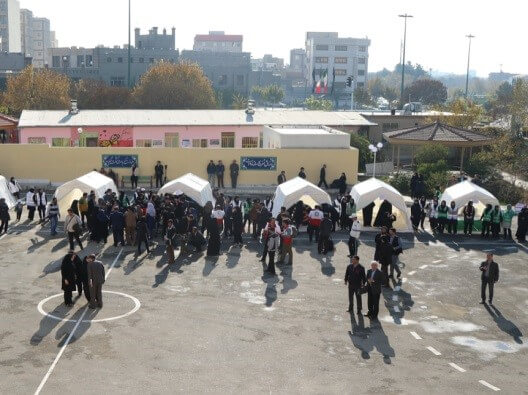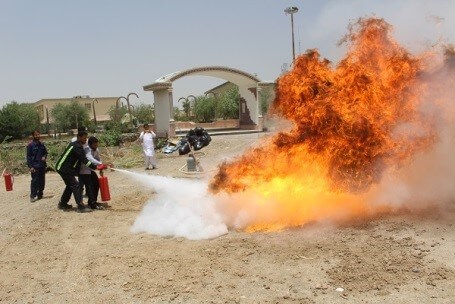"Safe Schools, Resilient Communities"
A New Approach for Promoting Public Participation in Earthquake Risk Management
Resilient communities are prerequisites for attaining resilient cities. Community resilience is a process linking a network of capacities (resources with dynamic attributes) and adaptation after a disturbance or adversity. Promoting resilience needs awareness and ongoing action. It is a constant process of learning and engagement. Therefore, schools can be perfect nodes for raising such awareness since they are education hubs in each community involving parents, children, teachers and education specialists alike in different temporal and spatial scales. In addition, the interaction between local peoples and school teams help build social capital, community involvement, civic awareness and social cohesion. In this line, RCECWA and International Institute of Earthquake Engineering and Seismology (IIEES) have developed a new program entitled Safe Schools – Resilient Communities, in line with SFDRR and based on IIEES experiences gained in many Earthquake and Safety Drills which were conducted in all Iran’s schools since 1996. The main purpose of the program is to raise awareness towards resilience in local communities and to institutionalize safe schools as local disaster management centers at community level e.g. for evacuation, response and providing basic needs to the survivors in case of earthquakes occurrence. This will initiate introduction of schools as nodes for promoting resilience of communities and builds an operational bridge between local residents, students, parents and school managers. This program includes several parts. The first part is developing a series of instructions for assessment the risk index at each neighborhood. These guidelines will be used for site survey and then evaluating disaster risk of the neighborhoods. It will lead to performing vulnerability check and recognition of each neighborhood’s weaknesses and strengths from risk point of view. The survey should be implemented by local residents by conducting of assigned specialists and risk managers. As results, risk maps for each zone are prepared and then will be printed and distributed to local residents living at the selected community to be used at emergency situations and getting necessary information about their living areas. In the second part, the school is prepared for implementing the role of local disaster management center. For this purpose, Safety Council will be established at the school by presence of school’s manager, local volunteers and some of the relevant authorities. They will evaluate the earthquake safety of the buildings, strengthen non-structural elements at the school and provide necessary materials for emergency situations by assistance of relevant experts and authorities. In addition necessary trainings will be provided to different groups; from students to local residents. The training includes self-protection at the time of earthquake, rescue and relief, first aids assistance, emergency shelters, etc. Furthermore, the residents will get necessary information about how to reduce the risk of their living environment. This will help them to try to reduce potential risks before an earthquake. Finally the provided trainings will be practiced in earthquake drills. This procedure will ensure that even after the performance of the drill, the process of neighborhood betterment and vulnerability reduction will be continued by the people and specialists alike with the help of the local people and neighborhood managers. The presence of academic partied along with DM authorities will ensure the use of science and technology in implementing the program. This program is being conducted nationally yet with international involvement. However, all the countries located in the West and Central Asia who are interested to join this program are invited to send us their willingness as well as a Letter of Intent (LoI). Then our colleagues will contact them for further assistance.

































